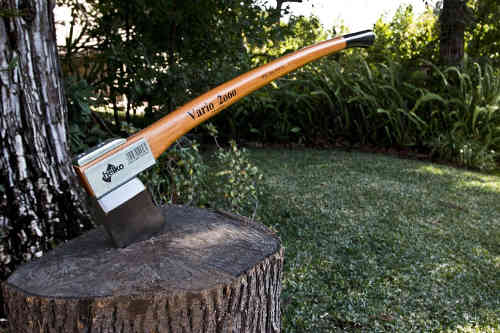Woodworking is a common and even enjoyable hobby, as long as you know how to do things right and safely. You can’t afford to be careless in the workshop as you are working with sharp tools and equipment. However the right safety practices can help you remain safe and secure while woodworking.
-
Wear safety equipment
It’s essential you wear laminated safety glasses, gloves, and ear protection while using power tools. There’s always the chance of something flying up and hitting your eye, or your hand getting accidentally hit by a tool.
Wear right fitting clothes and not something baggy or loose as it may get caught in a cutting head or saw blade. Remove any dangling jewelry or metal like chains and bracelets while working. Do you like to wear Assassins Creed Hoodies? If yes, then read about it.
And make use of the safety features in tools like blade guards in table saws and feather boards that help prevent kickback while making a cut. These features will not offer much protection if not used!
-
Keep tools and machines well maintained
Well maintained appliances are safe to use as dull tools are unstable. For example, while you may know how sharp chisels shear wood fibers, dull blades tend to tear fibers and need more force. And the more effort you place on a tool, the less control you have on it. There are many types of power tools that always need maintenance.
-
Pay attention to what you do
The chances of you getting injured or involved in an accident are considerably reduced if you are alert, and attentive to what you do. One of the most common reasons for reduced attention is fatigue.
You end up taking wrong decisions as you are tired, and you also tend to take unnecessary shortcuts or end up doing poor work. So don’t switch on any machine or pick up tools if you aren’t feeling fresh and alert, especially if have consumed alcohol.
-
Stick to the rules
There are some basic, logical woodworking rules to follow that helps avoid accidents. One rule is placing your fingers at a safe distance from blades and keeping all loose clothing and hair afar from anything spinning. Also avoid doing anything that can lead to kickbacks on a table saw.
Hand tools should also be appropriately used to avoid accidents. For example, don’t use one hand to hold the wood down while using the other hand to chisel the wood. There is the chance of the chisel breaking through and hitting your hand.
Similarly, other tools have their rules, which should be followed while woodworking. Also maintain a habit of not breathing dust and handling any chemicals safely.
-
Disconnect power source
Last but not least, disconnect the power source before changing bits or blades. Not just switching off the switch, make sure there’s no electricity reaching the tool as the switch may malfunction or get accidentally switched on.
And never reach over running blades to clean and get rid of rubbish or leftovers. In fact, it’s better to remove any waste using some stick or a piece of scrap.









